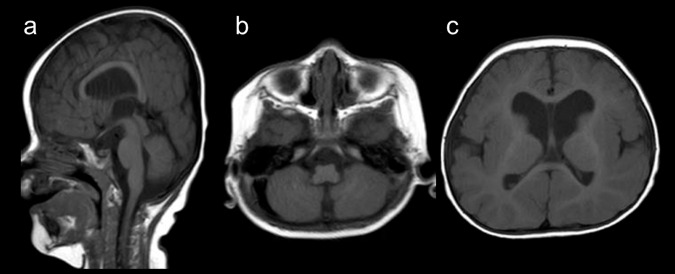发育性癫痫性脑病患者1号染色体父本单系同工二体的双等位基因KCTD3无义变异和显著特征。
IF 1
Q4 GENETICS & HEREDITY
引用次数: 0
摘要
钾通道四聚化结构域蛋白3基因(KCTD3)的双等位无义变异[c.1192C>T];p.R398*]是一名具有明显特征和脑结构异常的发展性癫痫性脑病患者。患者表现为KCTD3所在的1号染色体同位二体,父亲为同一变异的杂合子。基于这些发现,父系单亲染色体被认为是导致KCTD3双等位基因参与的原因。本文章由计算机程序翻译,如有差异,请以英文原文为准。


Biallelic KCTD3 nonsense variant derived from paternal uniparental isodisomy of chromosome 1 in a patient with developmental epileptic encephalopathy and distinctive features.
A biallelic nonsense variant of the potassium channel tetramerization domain-containing protein 3 gene (KCTD3) [c.1192C>T; p.R398*] was identified in a patient with developmental epileptic encephalopathy with distinctive features and brain structural abnormalities. The patient showed isodisomy of chromosome 1, where KCTD3 is located, and the father was heterozygous for the same variant. Based on these findings, paternal uniparental disomy was considered to cause the biallelic involvement of KCTD3.
求助全文
通过发布文献求助,成功后即可免费获取论文全文。
去求助
来源期刊

Human Genome Variation
Biochemistry, Genetics and Molecular Biology-Genetics
CiteScore
2.30
自引率
0.00%
发文量
39
审稿时长
13 weeks
 求助内容:
求助内容: 应助结果提醒方式:
应助结果提醒方式:


